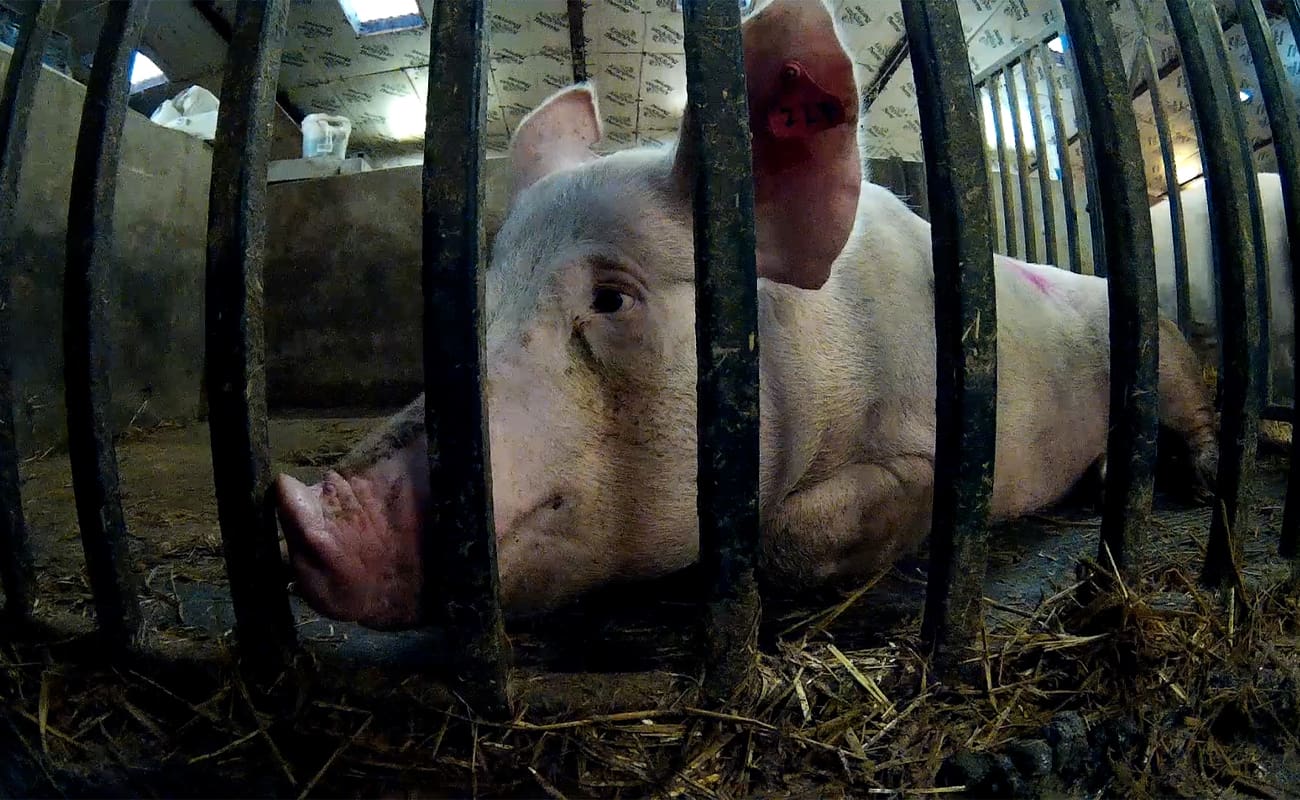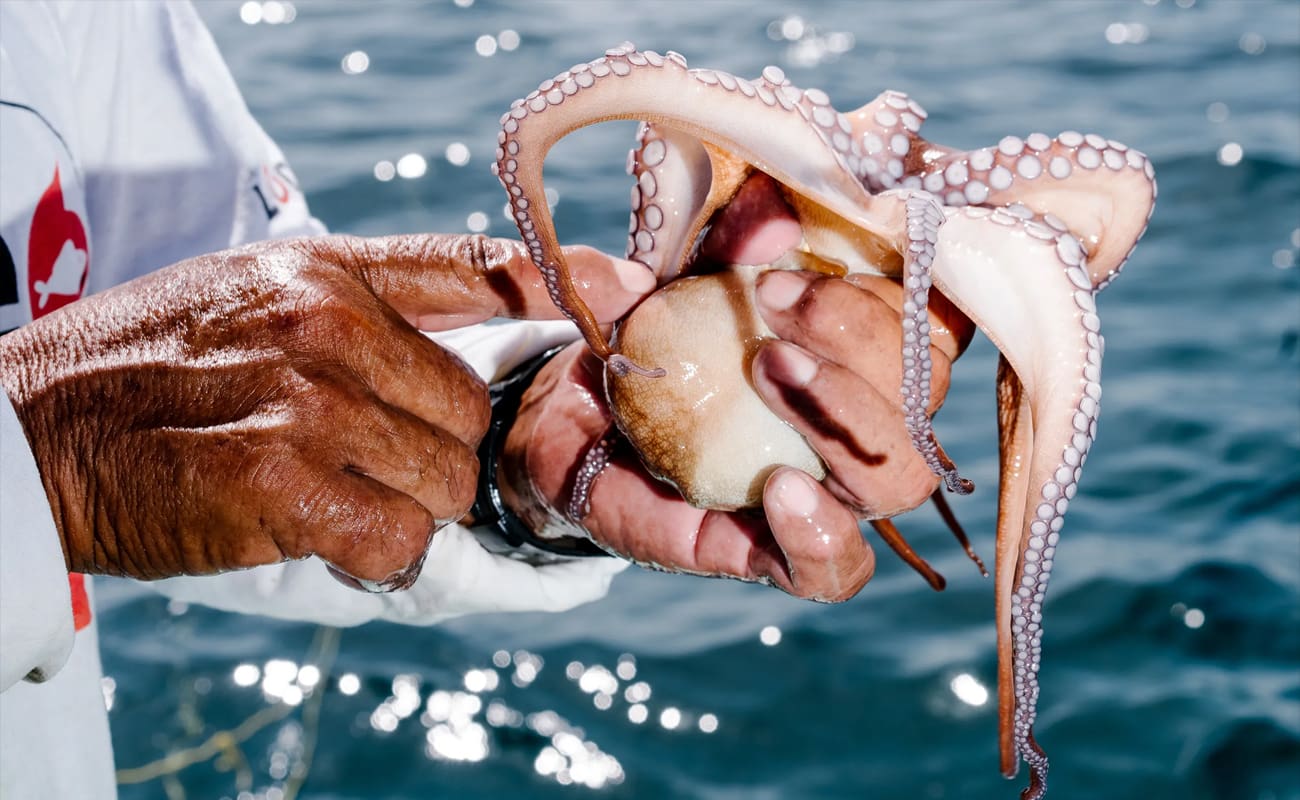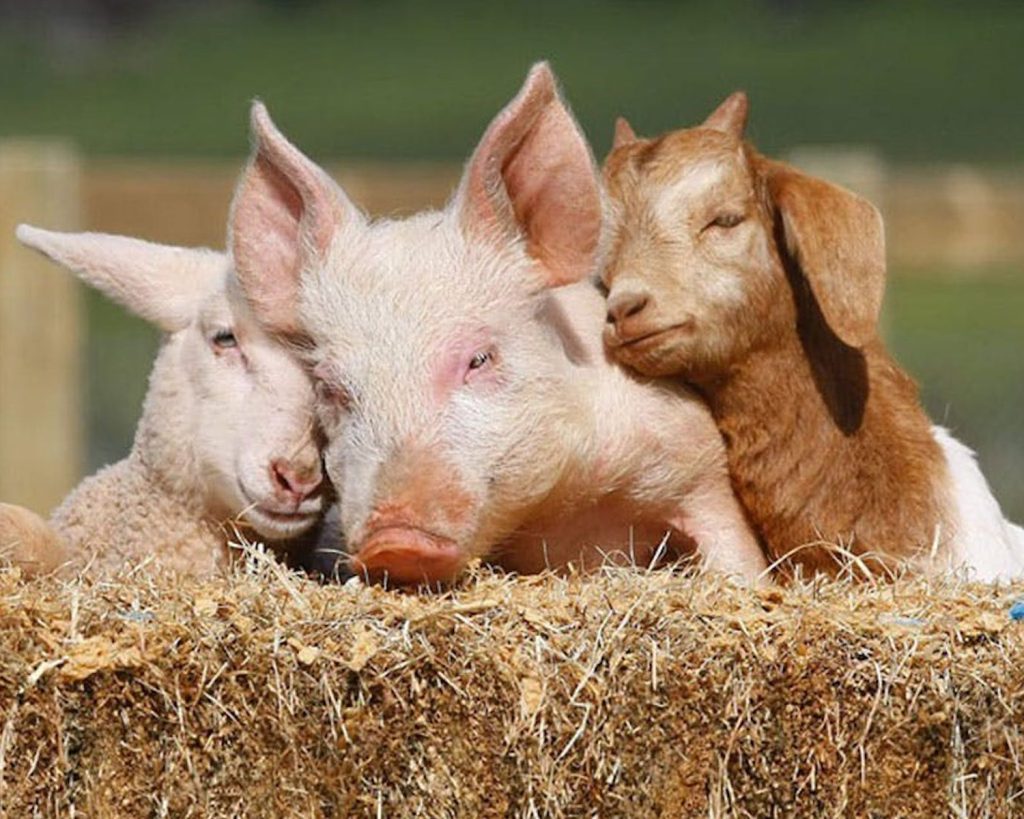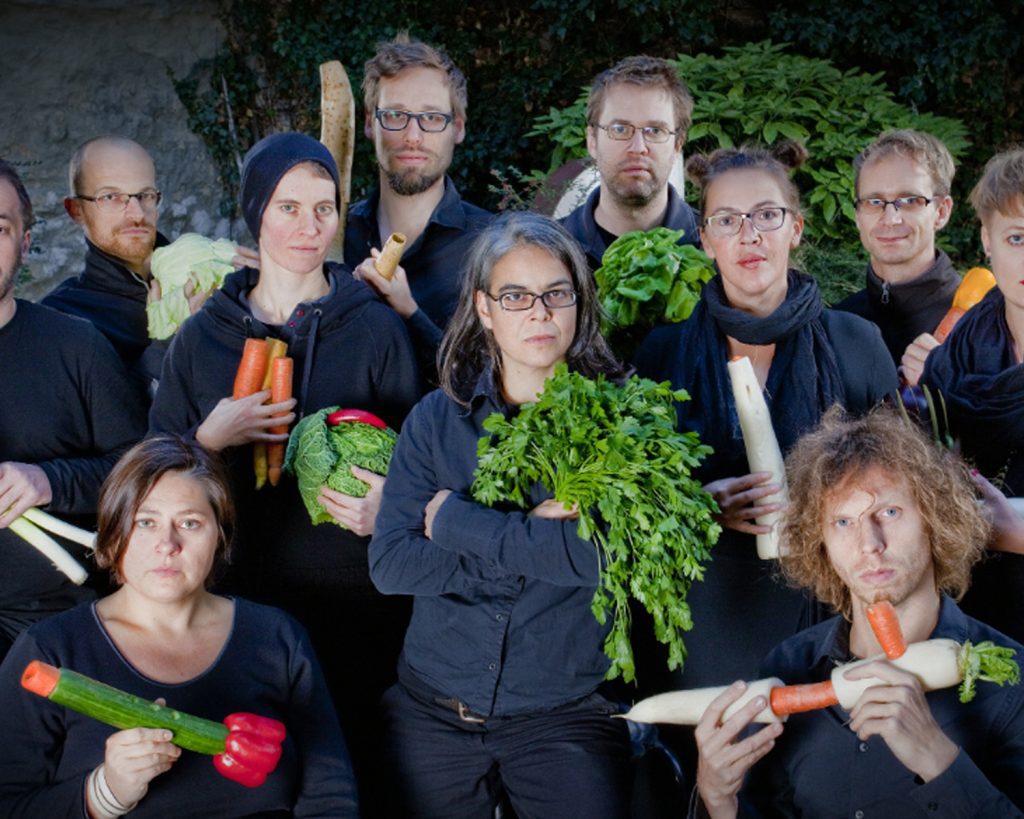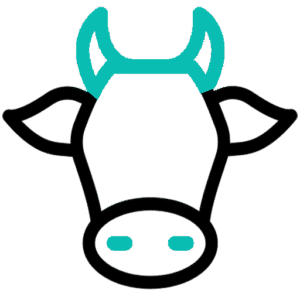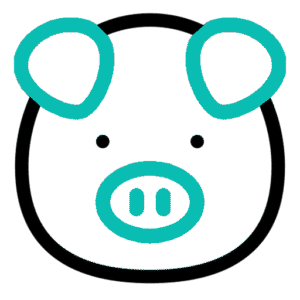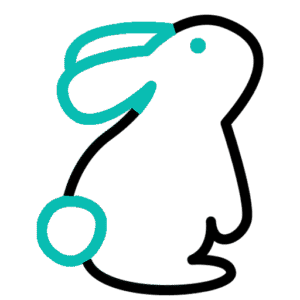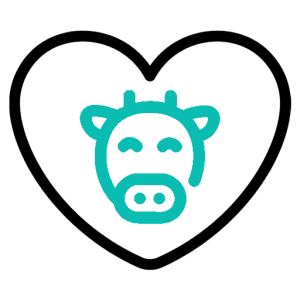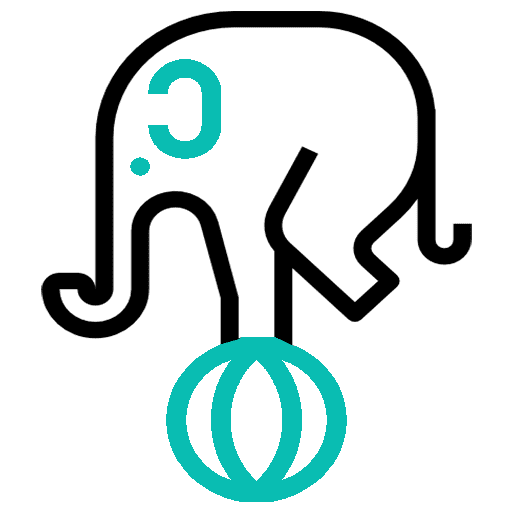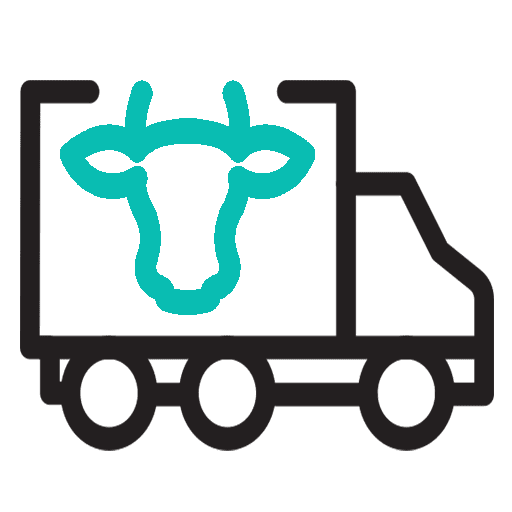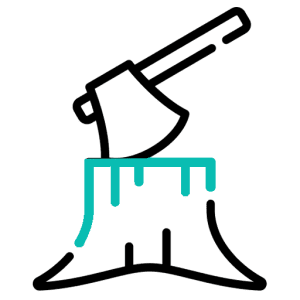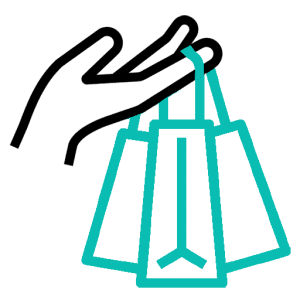The “Issues” section sheds light on the widespread and often hidden forms of suffering that animals endure in a human-centered world. These are not simply random acts of cruelty but symptoms of a larger system—built on tradition, convenience, and profit—that normalizes exploitation and denies animals their most basic rights. From industrial slaughterhouses to entertainment arenas, from laboratory cages to clothing factories, animals are subjected to harm that is often sanitized, ignored, or justified by cultural norms.
Each subcategory in this section reveals a different layer of harm. We examine the horrors of slaughter and confinement, the suffering behind fur and fashion, and the trauma animals face during transportation. We confront the impact of factory farming practices, the ethical cost of animal testing, and the exploitation of animals in circuses, zoos, and marine parks. Even within our homes, many companion animals face neglect, breeding abuses, or abandonment. And in the wild, animals are displaced, hunted, and commodified—often in the name of profit or convenience.
By uncovering these issues, we invite reflection, responsibility, and change. This is not just about cruelty—it is about how our choices, traditions, and industries have created a culture of dominance over the vulnerable. Understanding these mechanisms is the first step toward dismantling them—and building a world where compassion, justice, and coexistence guide our relationship with all living beings.
With an overwhelming number of beauty products flooding the market today, it’s easy to feel confused or even misled by the various claims that brands make. While many products boast labels such as “Cruelty-Free,” “Not Tested on Animals,” or “Ethically Sourced,” not all of these claims are as genuine as they may appear. With so many companies jumping on the ethical bandwagon, it can be challenging to separate those who are truly committed to animal welfare from those who are simply using buzzwords to sell more products. In this article, I am going to guide you step by step through the process of identifying beauty products that are truly Cruelty-Free. You’ll learn how to read labels, understand certification symbols, and differentiate between brands that genuinely support animal rights and those that may be misleading consumers. By the end of this guide, you’ll have the knowledge and confidence to make informed …








